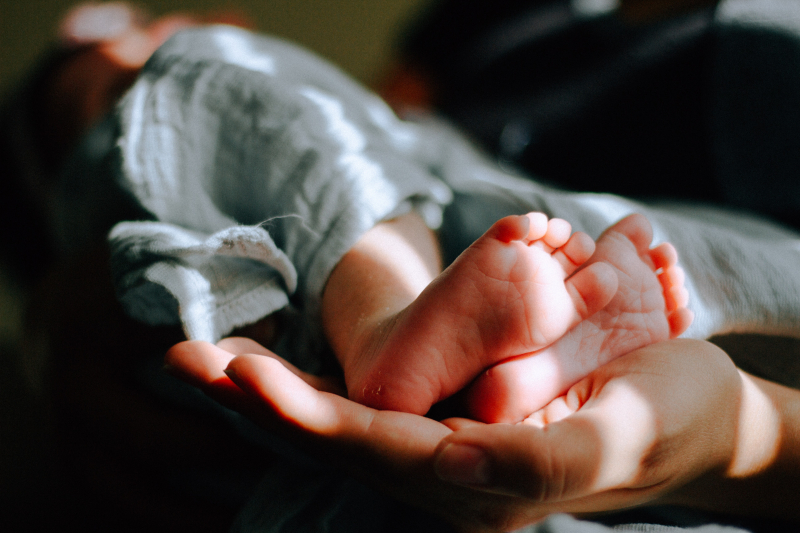High fertility rate
At first glance, it may seem impossible that a tiny island such as Java in Indonesia could have a higher population than the world's largest country, Russia. However, Java's highly fertile environment and population growth rate are the main reasons for this population phenomenon.
Java is the most populous island in the world and the most populated in Indonesia. It is a mere 126,818 square kilometres in size compared to Russia's 17,098,242 square kilometres. Despite its size difference, Java has a population of 141.5 million people, according to the 2020 census, while Russia has only 145 million people.
The main explanation for Java's higher population is its high fertility rate. The fertility rate measures the average number of children that a woman has in her lifetime. Java's fertility rate stands at 2.31, significantly higher than the global average of 2.5. This means that women in Java have more children than women in most countries. The rise in fertility rate has been attributed to various factors such as high infant mortality rates, early marriage ages, and a lack of access to contraception and effective family planning methods.
Apart from its high fertility rate, Java's population is also driven by its high population growth rate. According to the International Monetary Fund, the population growth rate for Java has been estimated to be around 1.3 percent in recent years. This is higher than the global population growth rate of 1.1 percent.
The high fertility rate and population growth rate on Java have enabled the island to have a higher population than Russia. However, this phenomenon is not without its problems. For example, the dense population of Java has led to overcrowding, poverty, and environmental degradation, mainly caused by the over-exploitation of natural resources.












